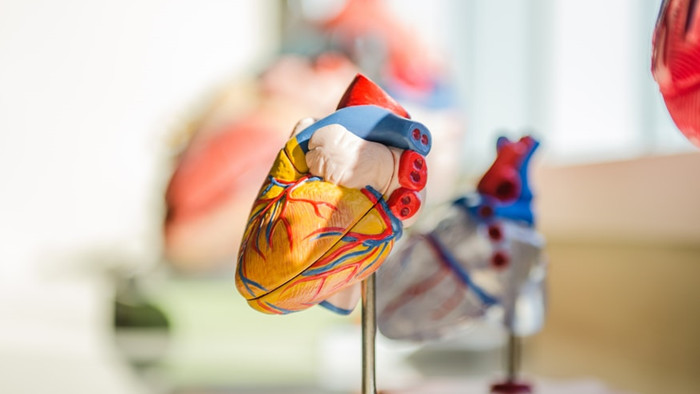Analysis of Congenital Heart Disease Occluder
Analysis of Congenital Heart Disease Occluder – Medical Device Coatings – Cheersonic
Cardiac occluder, as an implant for interventional therapy, is used for the treatment of congenital heart disease: atrial septal defect, ventricular septal defect and patent ductus arteriosus, and has been widely used in clinical practice.
The traditional surgical treatment is median open heart surgery, but general anesthesia, extracorporeal circulation and the surgery itself will cause great trauma to the body, and the postoperative scars are obvious, which often causes damage to the body and mind of the patient. certain influence. At the same time, median thoracotomy often requires intravenous infusion of blood or blood products such as human albumin, which undoubtedly increases the risk of patients suffering from certain infectious diseases. In addition, patients after median thoracotomy have a long recovery time for their cardiac function, and they often require a long period of oral inotropic and diuretic drugs to improve cardiac function after surgery. The treatment cycle is long, and the patient suffers a lot.

So, is there a treatment method that can not only avoid the risks of thoracotomy, but also achieve the purpose of curing congenital heart disease? The answer is yes, this is the interventional closure of congenital heart disease!
This treatment method can be performed under local anesthesia in most patients, except for some young children who are difficult to cooperate with surgery, which requires general anesthesia. During the operation, the femoral artery or femoral vein is selected as the entrance, and the slender catheter and guide wire are passed through the abdominal aorta, inferior vena cava, pulmonary vein and heart to establish a suitable occlusion path, and an artificial occluder is placed along the path, namely The goal of treating congenital heart disease without surgery can be achieved. This treatment is undoubtedly a boon for those cases where the heart defect is located in the middle, the defect area is small, and it is far away from the important structures in the heart.
Compared with the traditional median thoracotomy, the advantages of interventional occlusion are that the treatment time can be more than doubled, the treatment cost is greatly reduced, the surgical complications are significantly reduced, the heart damage is small, the pain is less, and no blood transfusion is required during the operation. The location of the incision is hidden and the length is only a few millimeters. The affected limb can move freely on the ground for 24 hours after the operation. There is no need for high-dose fluid replacement therapy after the operation, and the impact on the body is small. It has become more and more popular among patients.
As an implant for interventional therapy, the occluder is used for the treatment of congenital heart disease: atrial septal defect, ventricular septal defect and patent ductus arteriosus, and has been widely used in clinical practice. The main principle is to block the “hole” between the left and right ventricles, the “hole” between the left and right atrium, and the passage between the aorta and the pulmonary artery. Congenital heart disease occluder is divided into ventricular septal defect occluder, atrial septal defect occluder and patent ductus arteriosus occluder.
Ultrasonic nozzles are particularly suitable for a wide range of medical coating applications due to their very precise, non-blocking, repeatable spray performance and extremely low flow rate capability. For several years, Cheersonic has been providing ultrasonic medical coating system to medical device manufacturers worldwide. As medical device technology evolves, we will continue to design unique medical coating ultrasonic spray solutions to enhance patient safety and provide the highest quality medical device coating on the market.

